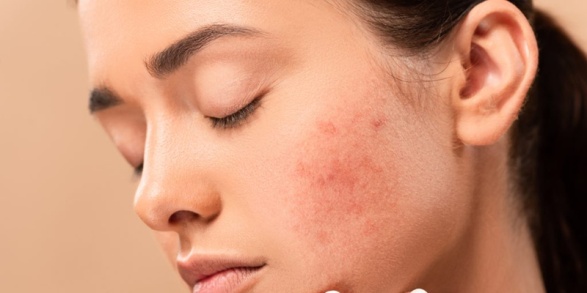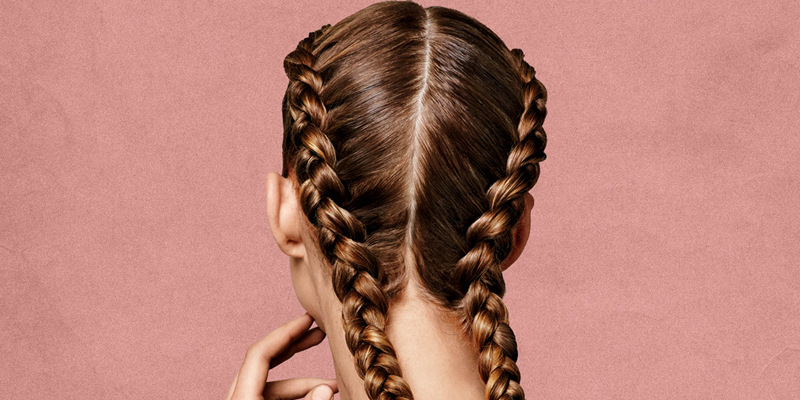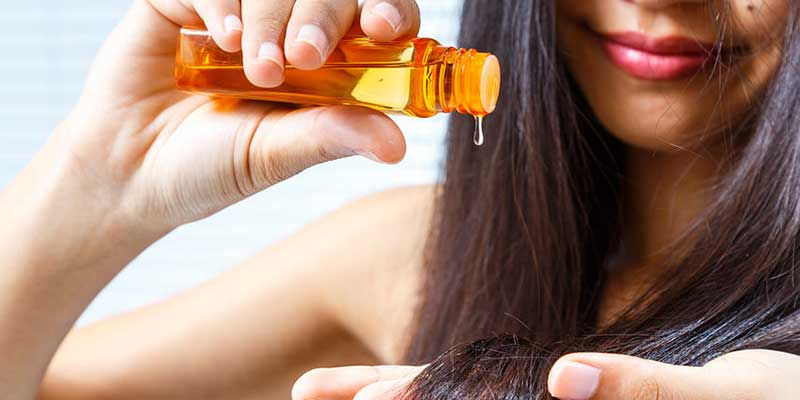How Do You Get Rid of Acne and Scars?
Among the many wonders of modern science. One is facial resurfacing. This modern cosmetology wonder now has technical procedures in its name. In this article, we will discuss that and more. Acne and its scars can be debilitating. The face is an identity for a human, and its aesthetics and wellbeing are not only about physical looks but also mental wellbeing. Many individuals today are suffering from the long-lasting side effects of acne and its complications, which has prompted extensive research and development in treatment modalities for acne. We will discuss them now.

Medicinal Retinoids
Medicinal retinoids are defined as a class of chemicals that derive from vitamin A. Weaker forms are available over the counter (OTC), and a doctor may prescribe more robust formulations of retinoids to help treat skin conditions. As derivatives of vitamin A, retinoids can play a role in immunity and skin health. These are potent formulations and highly stable salts of vitamin A that are absorbed in your gut to help increase the turnover in your skin. They are made to primarily affect the surface of the skin cells and replenish the skin surface at a much higher rate than usual. It helps in healing the comedone and acne-prone surfaces of the skin. This is almost always the first-line treatment for acne scars and active acne.
Laser Therapy
Laser therapy for treating acne is based on stimulating keratin cells to produce more matrix on the skin surface, which adds more elasticity and helps resurface the skin layer. This will help reduce the coarse scarring in just a couple of uses. Some highly effective ladder therapies are Co2 fractional lasers and PICO lasers. Laser therapy is one of the safest options for acne treatment, especially if you are in your middle years and your fertile window. It is a highly targeted, focused, and intermediate care for your acne. It is not a new concept. Laser therapy is also the same physiology behind microneedling, derma abrasions and chemical peels, but it is much safer than all those options.
Microneedling and Plasma Injections
Microneedling is a cosmetic technique that is based on the idea of using the power of fibroblast harvesting to regenerate the skin. It is done under local anaesthesia sometimes for people with low pain tolerance, but it is not a rigorous treatment by any means. It requires introducing some punctures in the skin surface. Sometimes, the microneedling is paired with plasma injections, in which small amounts of your plasma and white blood cells are harvested from your blood and reintroduced into the microneedling organs or just the basement of your skin. Ideally, you will have to go through a few sessions with each of them to get the desired results. They are invasive, but they gently resurface the skin. Especially if you have acne that has been exacerbated a few times, sometimes it gets worse before it gets better.
Chemical Peel
Chemical peel is used in some AHA exfoliants (alpha-hydroxy acids, i.e., glycolic, and lactic acids) and BHA exfoliants (beta-hydroxy/salicylic acid). They are chemical exfoliants used to lift the damaged layers of cells on your skin gently. They are handy for resurfacing textured skin, especially if you have milder acne scars. This is a non-invasive, highly safe procedure that is often done under professional supervision but is now widely available to be used in OTC products. But it still requires you to be very careful in handling the product. Only use them with the following proper safety measures. This differs from dermabrasion and lasers because it does not target the basement membrane.
Topical Medication and Serums
If you suffer from mild acne, get a pimple here and there, and do not qualify for any of the above procedures, you can treat your pimple with some OTC medication available on the shelf. You are beginning with the OG salicylic acid, which has proven very effective. Salicylic acid is an exfoliant and a BHA. It gently resurfaces your skin and removes dead skin and scars faster than the normal skin renewal time range. You can reach for topical clindamycin or hygroscopic gels. Clindamycin works against the bacteria in your clogged follicles, and the gels help you absorb the pus and shrink the pore. They are both widely available and effective on mild acne.

Surgery
This is rarely required. But if a doctor receives a case of acne that has disfigured your facial structures, the base membrane and underlying structures are not salvageable anymore. The doctor can perform surgery to fix them. It may involve restructuring the underlying bone and cartilage and transplanting new skin, bone, and other tissues. It is only carried out in extreme, non-salvageable cases. This is a rare occasion, but it is an option with your plastic surgeon.
Prevention
Lastly, we want to discuss preventative treatment for acne and whiteheads or blackheads. These are all the same problems. It is always better to prevent the formation of these lesions instead of waiting for the problem to happen. You can easily avoid the formation of acne scars by introducing some organic products into your daily routine. The use of salicylic acid in your routine will help you reduce the occurrence of acne. Keep your hair and bodily hygiene up to par to prevent acne scars. Talk to your doctor about your acne-prone skin and the reasons for it to be so and get more insights on prevention.
Conclusion
Acne can be debilitating. It can potentially lead to lost self-esteem and cases of body dysmorphia. Therefore, prompt, and detailed management plans through a combination of modalities are essential for treating acne. In this article, we have discussed some of the most popular treatments available for acne today. Could you find out about their indications?





